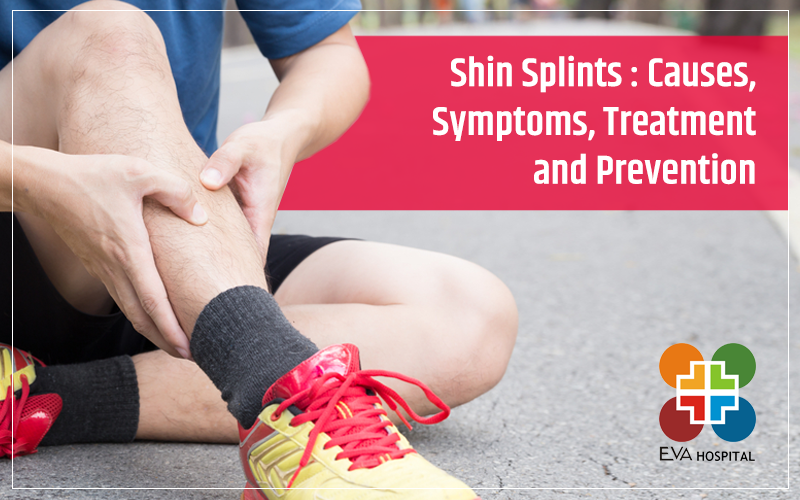
Sprain versus Tear: What is the Difference?
Sprain and tear are words that are often used interchangeably to describe and identify ligament-related injuries. However, medically, ligament tears and spraining of a ligament are not the same things. This guide will explain the difference between the two types of injuries, common among sportspersons.
What is a ligament?
Ligaments are those fibrous tissues that connect one bone in our body to another. They hold our joints together, giving us freedom of movement and control. Basically, Ligaments prevent abnormal movements of the joints by keeping them in proper alignment. Highly soft in texture, ligaments are prone to injury, caused by overuse or sudden trauma.
Ligament sprain
A sprain is a stretching or tearing of ligaments. A sprain injures the bands of tissue that connect two bones together. It occurs when a ligament is stretched beyond its capacity or has small tears. When a ligament has been sprained, it’s still attached to the bone but has been damaged in some way.
Risk factors
Environmental conditions, fatigue, and poor equipment can all increase the risk of a ligament sprain.
Types of a ligament sprain
A ligament sprain can be mild, moderate, or severe, depending on the severity of the injury.
Body past more vulnerable to sprains
The most common location for a sprain is the ankle. However, the knee, wrist, and thumb are also not impervious to this injury. Also, adults are more likely to experience a sprain than children, who are more prone to getting a fracture.
Treatment and recovery time
While initial remedies to cure a sprain include rest, ice, compression, and elevation, severe sprains of ligament might require surgery. A sprain can take more than a few days or several weeks to heal.
Symptoms of a ligament sprain
- Pop sound at the time of injury
- Pain
- Swelling
- Bruising
- Limited ability to move the affected joint
Ligament tear
Due to similar conditions that cause ligament sprain, ligament tear, too, can occur when the fibrous tissue of the ligament, tendon, or muscle are ripped due to a fall, a sudden twist or a blow to the body. However, a ligament tear is more serious than a ligament sprain and takes more time to heal.
Risk factors
Environmental conditions, fatigue, and poor equipment can all increase the risk of ligament tear.
Types of ligament tear
A ligament tear can be mild, moderate or severe, and depending on the severity of the injury.
Body past more vulnerable to a ligament tear
Ankle, knee and wrist are commonly affected by ligament tears. Ligament tears can also affect your thumb, neck and back.
Ligament tear: Symptoms
- Pop sound at the time of injury
- Severe pain
- Swelling
- The feeling of loose joint
- Muscle spasms
- Inability to bear weight on the affected area
- Bruising
- Immobility of the affected joint
Treatment and recovery time
Rest and icing can provide short-term pain relief to help limit swelling. Compression and elevation will also help with pain and swelling reduction. While mild cases of ligament tear might take a few weeks, more severe cases might take a recovery time ranging from several months.
Surgery
In case of highly severe ligament tears, your doctor might prescribe surgery as the final resort if all other methods of healing are making only limited impact. Surgery would also be recommended to restore complete joint motion after a ligament tear, and sometimes as a protection mechanism against early osteoarthritis. In case of the anterior cruciate ligament (ACL) tear, for instance, the risk of developing secondary knee damage is much higher. Surgery is therefore often recommended.









